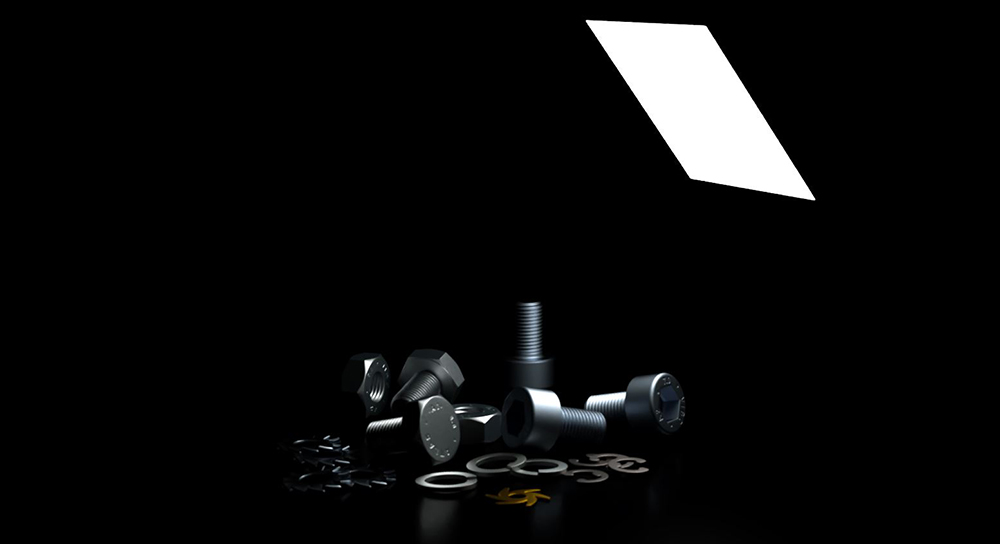
Lighting in OctaneRender® is generated using either an Environment node, one of the Octane-specific lights, or by connecting an emissive DiffuseAmount of diffusion, or the reflection of light photons at different angles from an uneven or granular surface. Used for dull, non-reflecting materials or mesh emitters., Universal, or Standard Surface texture to geometry. Using an IESAn IES light is the lighting information representing the real-world lighting values for specific light fixtures. For more information, visit http://www.ies.org/lighting/. light profile texture geometry can be shaded to behave like a physical light in the scene.
By default, all light you see in an OctaneRender scene when you first add geometry is generated by a white texture. When you add an Environment node to the scene and connect it to the Render Target, it overrides the white light. Adding a black texture environment to the scene creates a dark environment. You can then add geometry with emissive textures or a high dynamic range texture (or both) to light the scene. Figure 1 shows an object lit using an emissive texture applied to a polygon plane. A black texture environment is used to black out the background lighting.

Figure 1: An object is lit using an emissive texture applied to a polygon plane
The Toon Directional and Toon Point lights are covered in the Toon Shading topic under the Effects category.